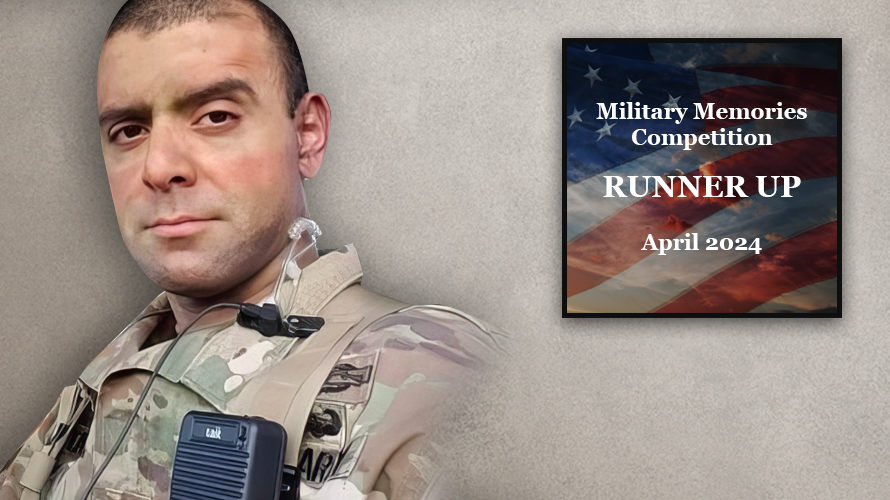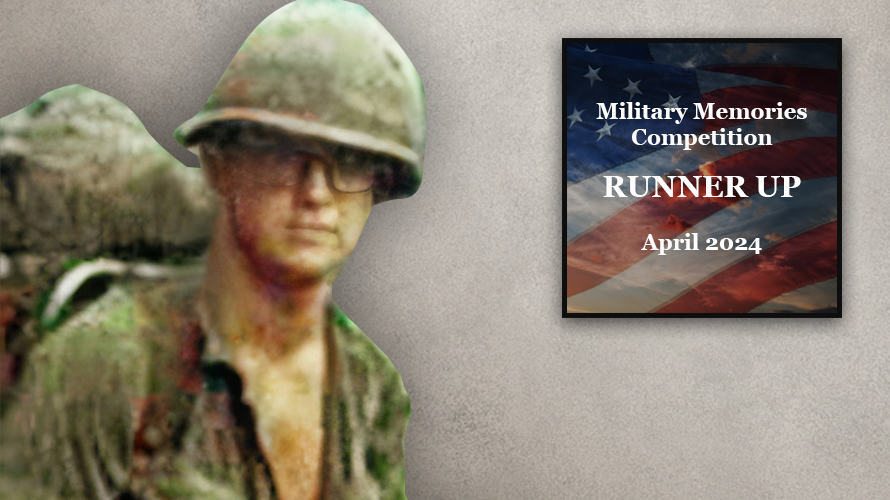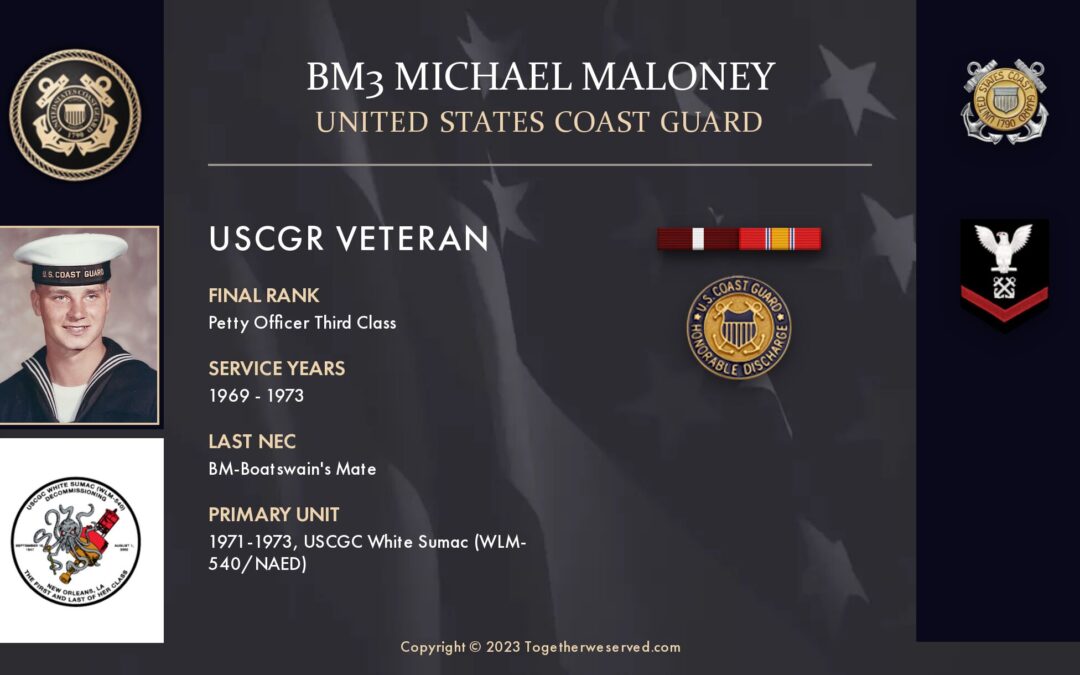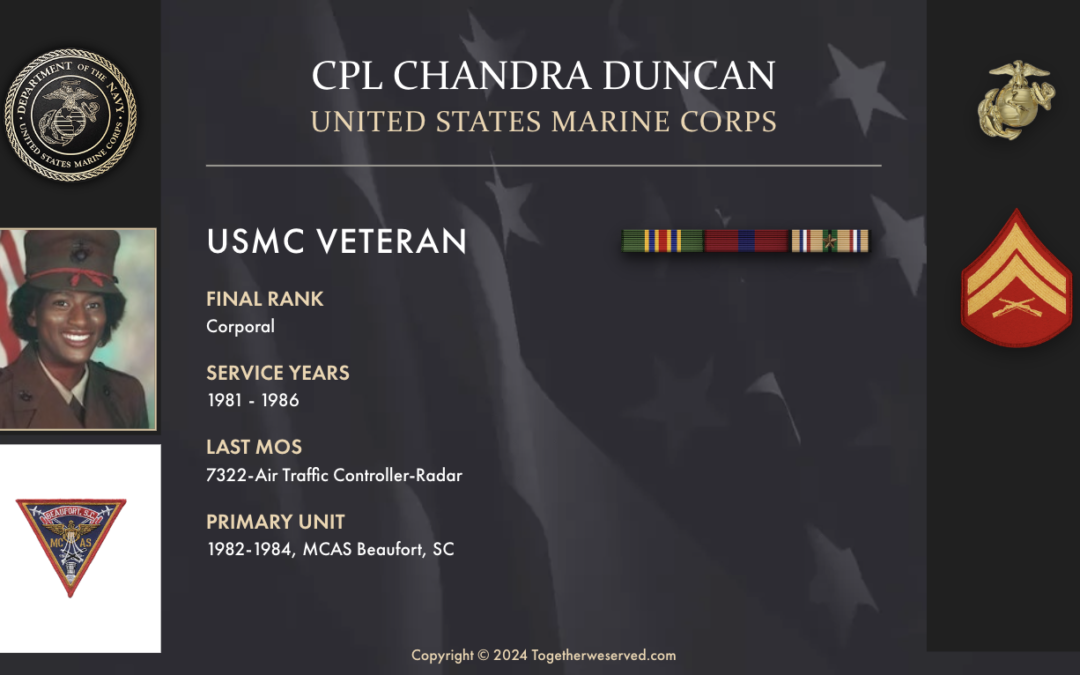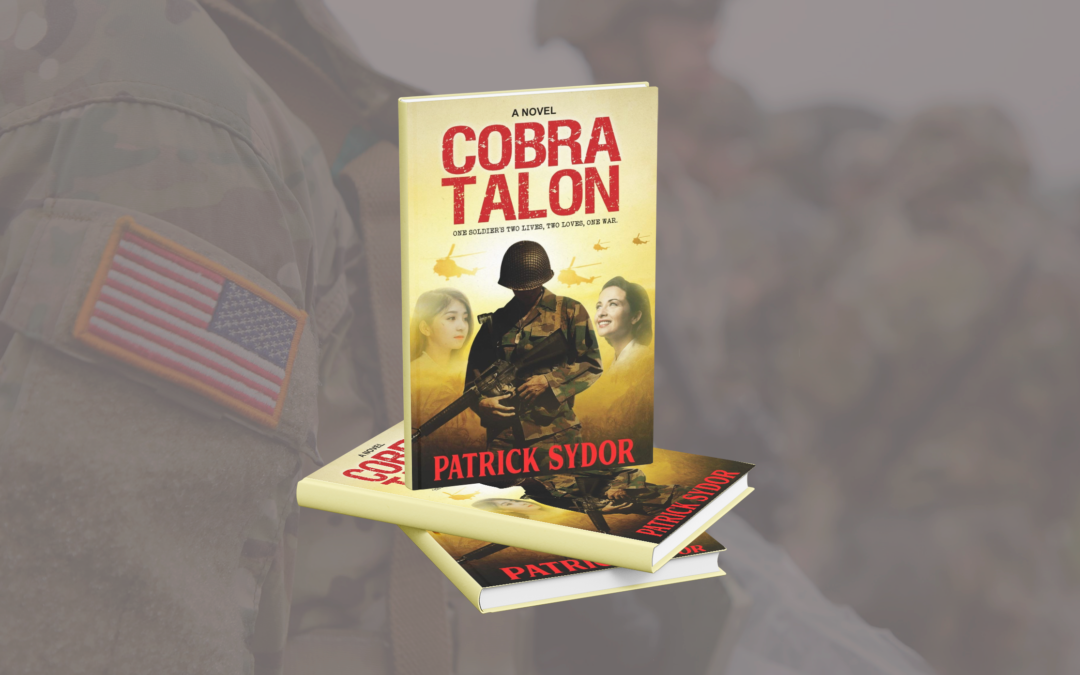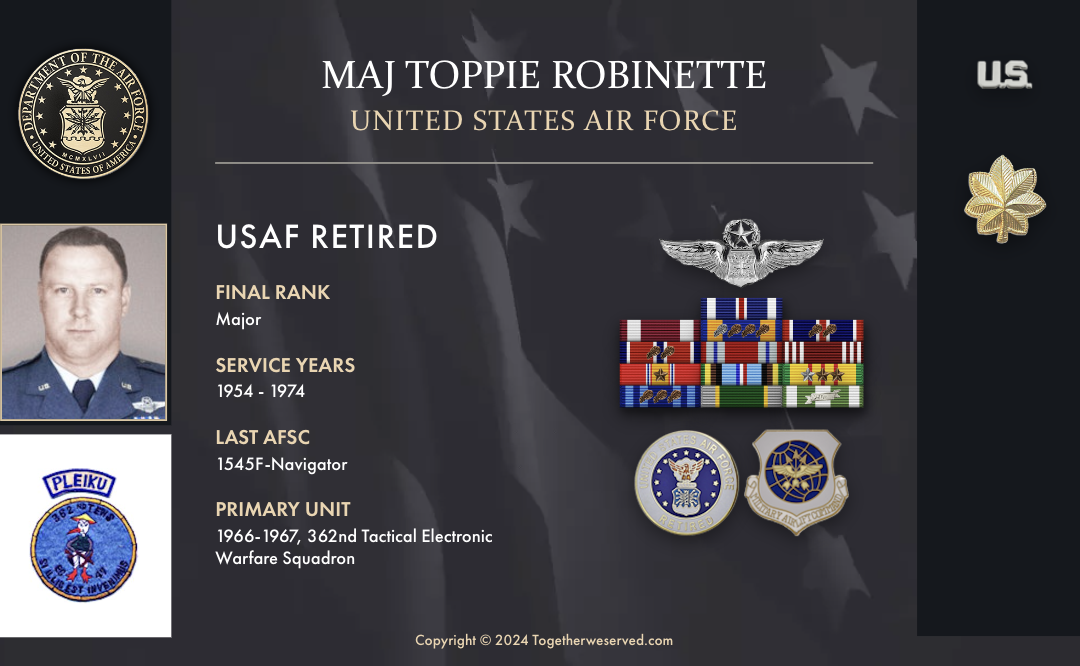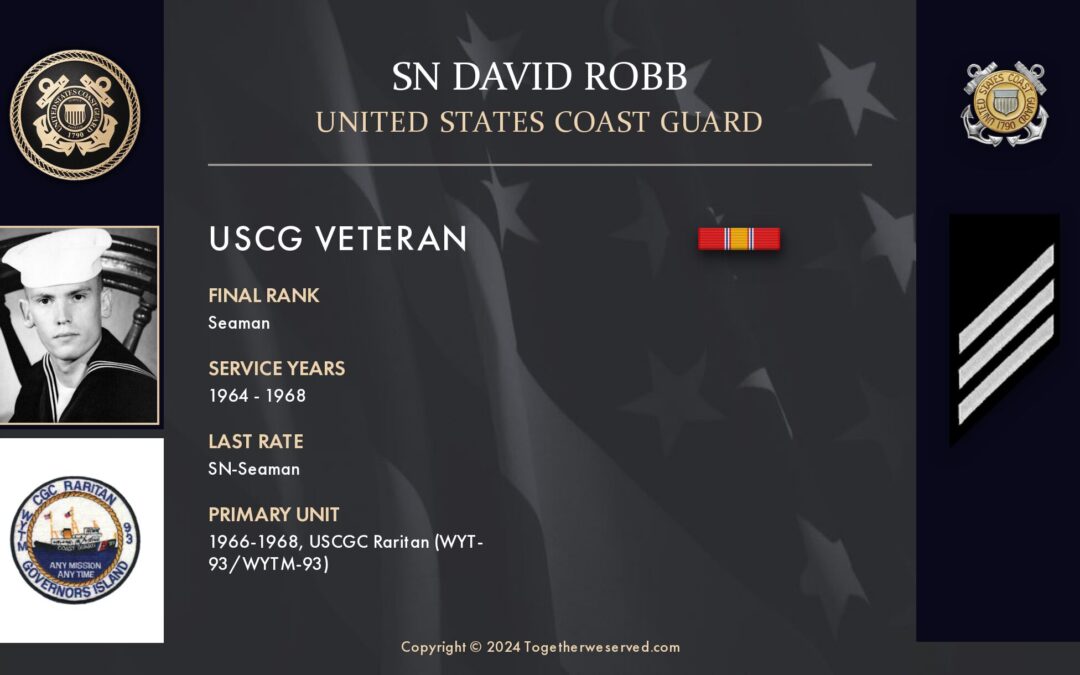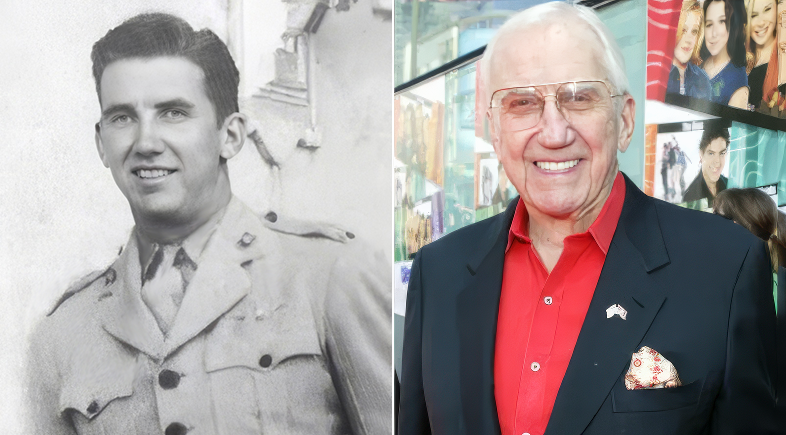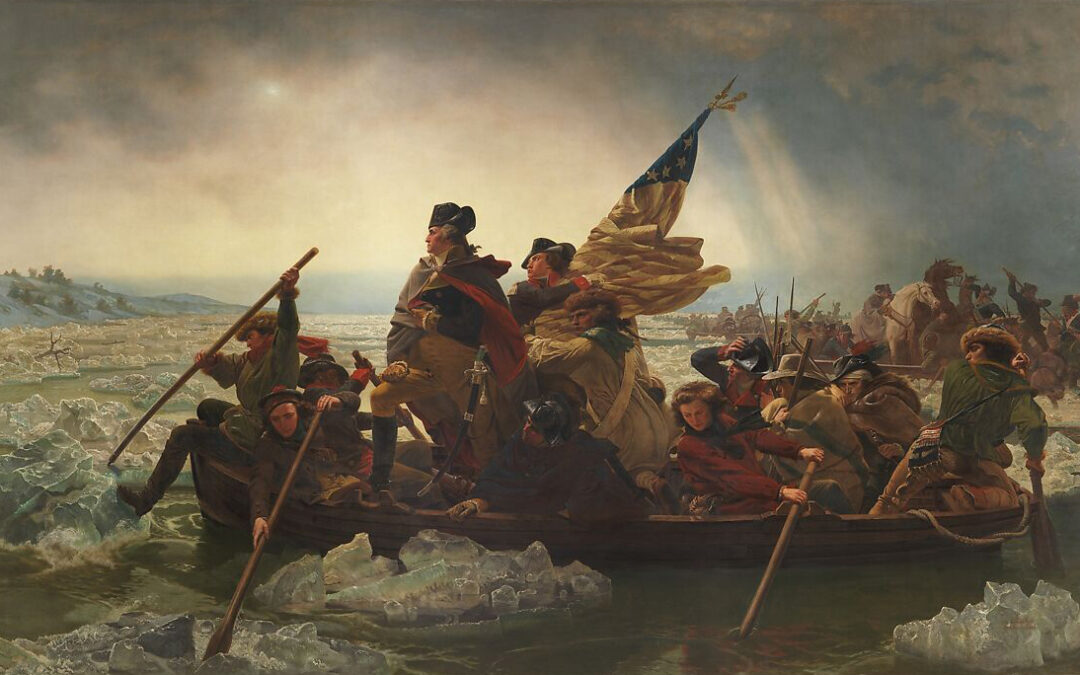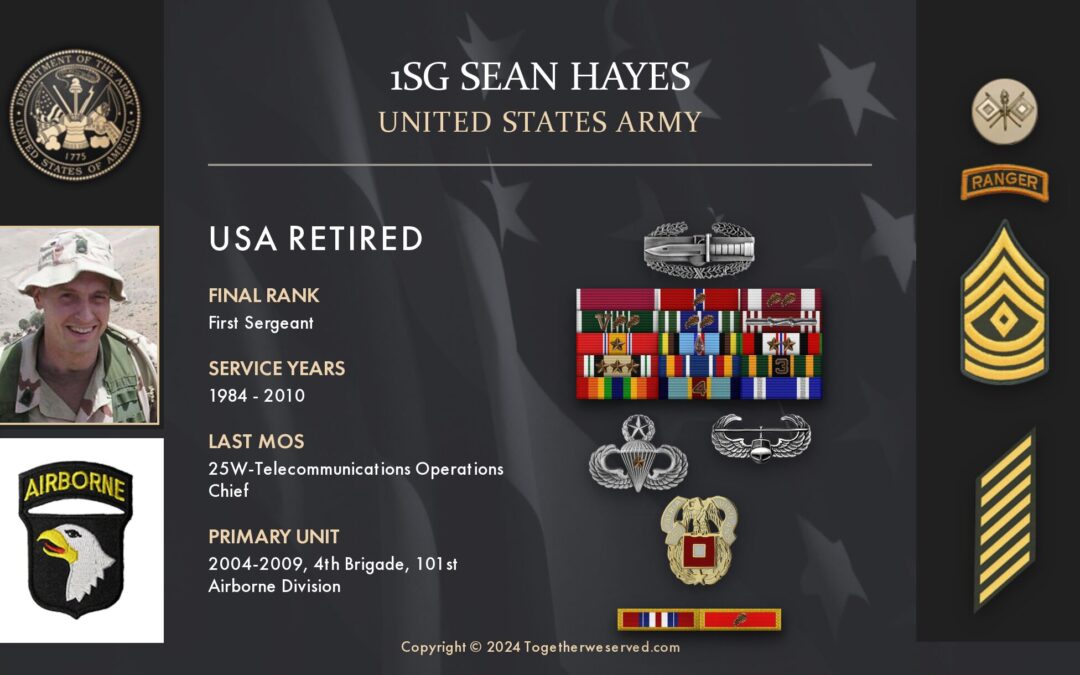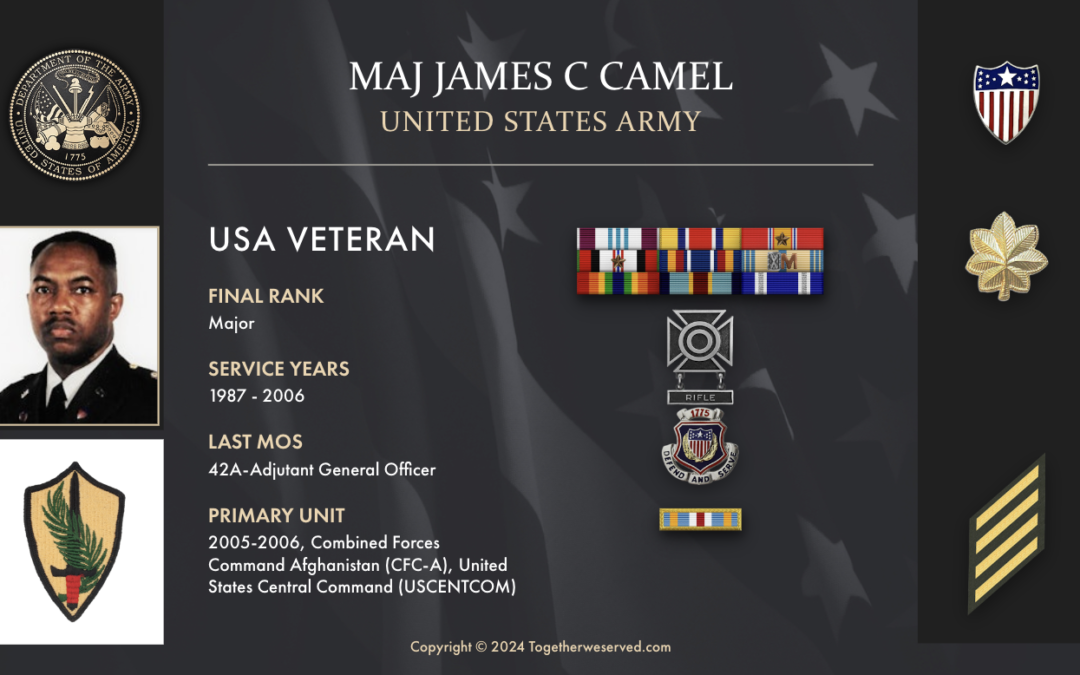What was the biggest personal challenge that you encountered during your military service? How did you approach and overcome this?:
Upon arriving in Vietnam, I was assigned to India Company, 3rdBattalionn, 27th Marine Regiment, 1st Marine Division. I had only been in Vietnam for about three to four weeks when word came down that we would leave to go on Operation Allen Brook. During briefing, we were told that Go Noi Island was serving as a staging area for NVA units preparing for attacks against Danang. Intelligence wasn’t sure of the exact enemy numbers but figured it to be around the strength of the battalion (approximately 1,000 men). Upon reaching our objective, we came under heavy attack and, at one point, were encircled by several NVA units.

